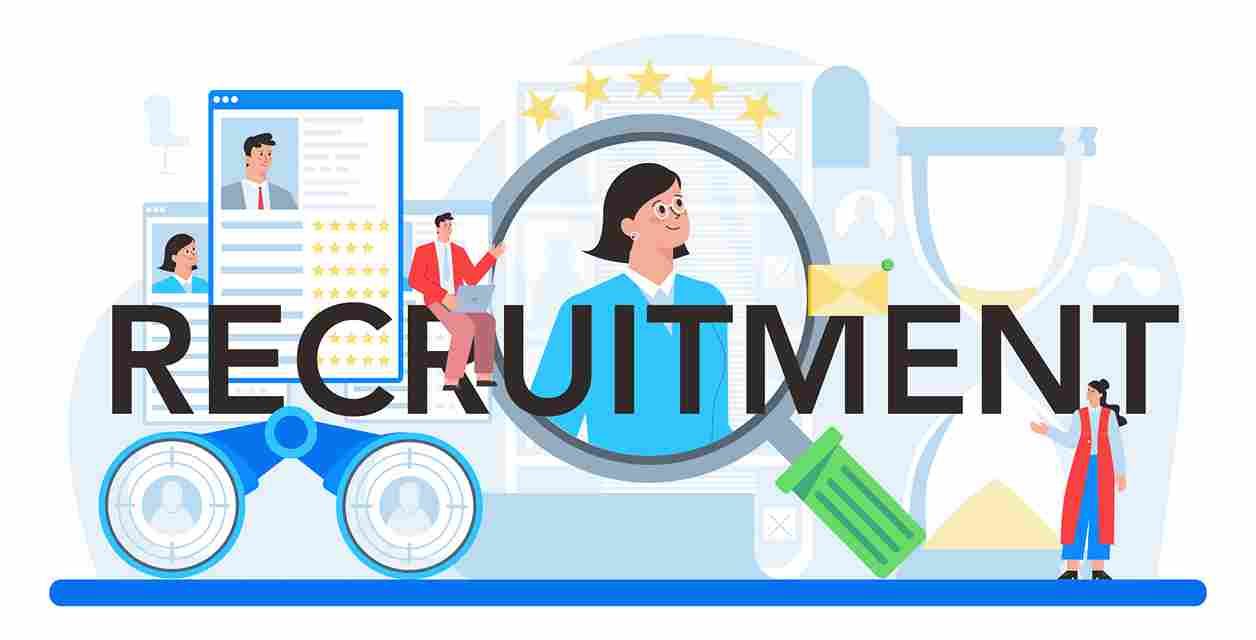Purchasing a home is a major financial decision that requires careful planning. One of the most important steps is realistically determining how much mortgage you can comfortably afford. This guide will discuss factors to consider and recommended guidelines to help ensure you don’t overextend yourself financially.
Understanding Your Debt-to-Income Ratio
Your debt-to-income (DTI) ratio compares your total monthly debt payments to your gross monthly income. It’s one of the main metrics lenders use to qualify you for a home loan. In general:
- Your total monthly debt payment should be 36% or less of your gross monthly income.
- Total debt includes housing costs (mortgage, insurance, taxes), vehicle loans, credit cards, student loans.
- Lenders may approve DTIs up to 43%, but aim for 36% or lower for maximum budget comfort.
Calculating Your Back-of-the-Envelope Affordability
To get a ballpark estimate of what loan amount you may qualify for:
- Take your gross monthly income and multiply by 0.28 (leaving 28% of income available for housing).
- Divide this figure by 0.35 to account for taxes/insurance in PITI (Principal, Interest, Taxes, Insurance).
- Add a 20% down payment to this figure for a rough max purchase price.
This method is imperfect but provides a reality check before contacting lenders. Their calculations are more precise.
Mortgage Qualifying Worksheet
Using the worksheet below allows methodically crunching numbers:
Gross Monthly Income: _________
Total Monthly Debt Payments: ________
DTI Ratio: Total Debt/Income = ________
- Total Housing Costs Allowed (0.28 x Income): _________
- PITI Payment Calculation: Loan Amount x Rate / 1200
- Estimated PITI for $________ loan at 4%: _________
- Max Purchase Price with 20% Down: $_______ + $_______ Down Payment
This organized approach yields a customized qualified loan amount aligning proposed housing costs within your verified income and debts.
Consulting Mortgage Lenders
Speaking to multiple lenders helps compare rates and confirm preliminary estimates:
- Provide pay stubs, tax returns, other requested documentation
- Lenders will conduct a hard credit inquiry, lowering score a few points temporarily
- They’ll calculate DTI including all debts to give a definitive approval amount
- Ask how much of a higher loan they’d consider with additional documentation
- Get preapproval in a rate lock timeframe (60 days is standard)
Preapproval gives sellers confidence in your offer while rate locks prevent rising rates from bursting your budget later in the homebuying process.
Factor in Closing Costs
While the home purchase price and down payment matter, don’t overlook approximately 3-5% of the loan amount also needed for:
- Origination fee (1% of loan amount)
- Appraisal
- Title insurance
- Recording fees
- Property inspections
- Taxes
- Escrow reserves
This cash is typically rolled into the mortgage but increases your total borrowing. Ensure closing funds are earmarked alongside an emergency fund.
Estimate Ongoing Costs
Based on the home’s price and your budget, research average property taxes, homeowners insurance rates, potential homeowners association dues in the location to understand ongoing monthly expenses:
- Property taxes depend on purchase price and local tax rates, paid once or twice a year.
- Homeowners insurance protects your property and liability. Shop multiple insurers.
- HOA fees cover community amenities like pools or grounds maintenance for condos/manufactured homes.
Add PITI estimates to ongoing costs. Stay below the 28% gross income guideline for total monthly housing affordability.
Maintaining a Financial Cushion
Leaving room for unexpected costs and life changes is prudent. Factors to account for include:
- Potential for future earnings decreases like job losses or reduced work hours
- Risk of higher rates on adjustable rate mortgages down the line
- Insurance deductibles faced if claim filing becomes necessary
- Maintenance reserves for repairs that arise over time from usage and aging
- Future home improvements that may raise property value
Going slightly below the maximum preapproval ensures flexibility managing priorities without strain over the long haul. Have a contingency plan too.
Adjusting Your Plans if Needed
Understanding hard limits from the get-go prevents disappointment:
- Consider placing less than 20% down to avoid PMI if closing costs are a barrier.
- Look at buying a less expensive home in a preferable location instead of stretching payments.
- Take more time to aggressively pay down high-interest debts or build savings.
- Rent longer to save for larger down payments, waiting out a better time in your career progression.
Staying within safe debt-to-income cushions provide peace of mind not having to sell prematurely from overleveraging right from the start of homeownership. Patience pays off.
In summary, carefully crunching numbers from all angles empowers making informed choices fitting your financial circumstances. With prudent planning factored by lender underwriting, you’ll qualify for the mortgage that allows long-term sustainability of your largest investment. Just be honest about what you can truly manage comfortably long-term.





